Neuroscience

Neurotransmitter receptors function via various G-protein coupled and G-protein independent mechanisms that activate downstream intracellular signaling pathways such as cAMP/PKA, PI3K/AKT, phospholipase A2, and phospholipase C pathways. For instance, dopamine receptors act through adenylate cyclase to activate PKA and other signaling molecules, thereby mediate gene expression through the actions of CREB and other transcription factors. Other neurotransmitters such as NMDAR or AMPAR are associated with ion channels that control flux of Ca2+ and Na+, thus propagating the action potential across the post-synaptic neuron.
Dysfunctions in GABAergic/glutamatergic/serotonergic/dopaminergic pathways result in a broad range of neurological disorders such as chronic pain, neurodegenerative diseases, and insomnia, as well as mental disorders including schizophrenia, bipolar disorder, depression, and addiction.
-
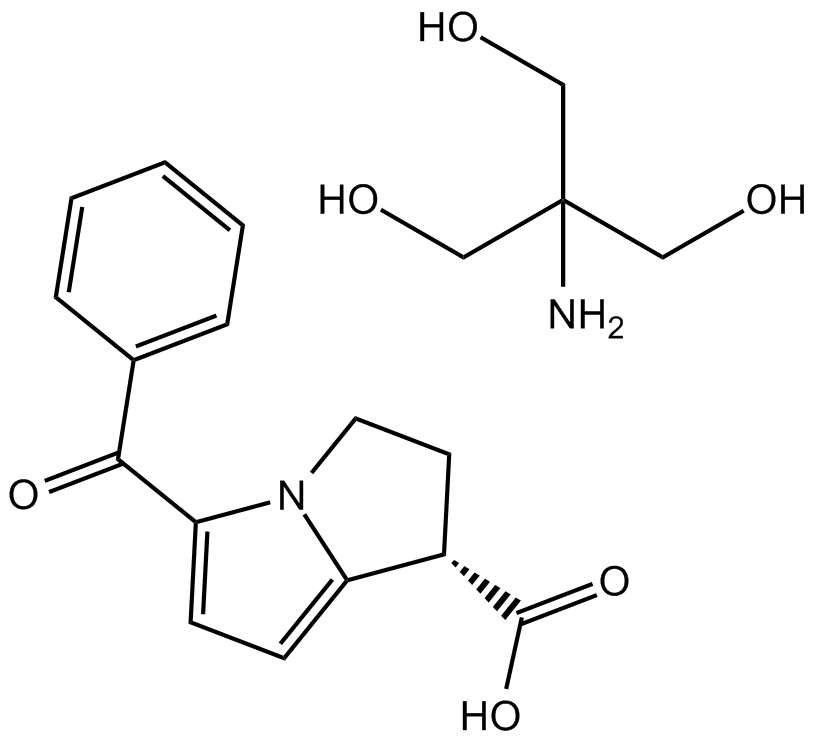 B1447 Ketorolac tromethamine saltTarget: COXSummary: Non-selective COX inhibitor
B1447 Ketorolac tromethamine saltTarget: COXSummary: Non-selective COX inhibitor -
 B1512 PregnenoloneSummary: steroid hormone
B1512 PregnenoloneSummary: steroid hormone -
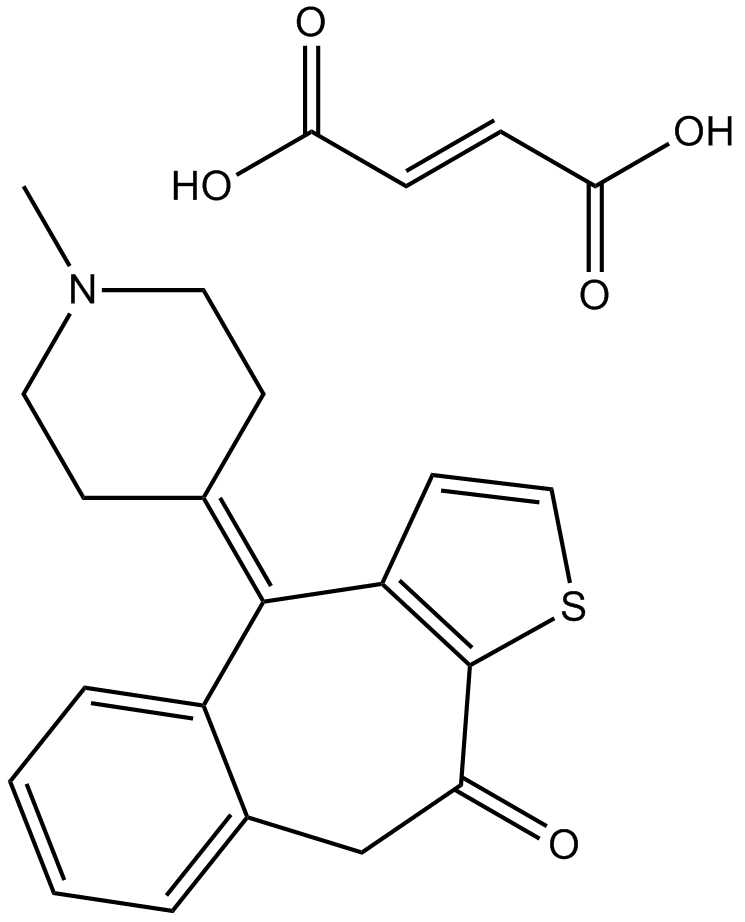 B1562 Ketotifen FumarateSummary: Histamine H1 receptor antagonist
B1562 Ketotifen FumarateSummary: Histamine H1 receptor antagonist -
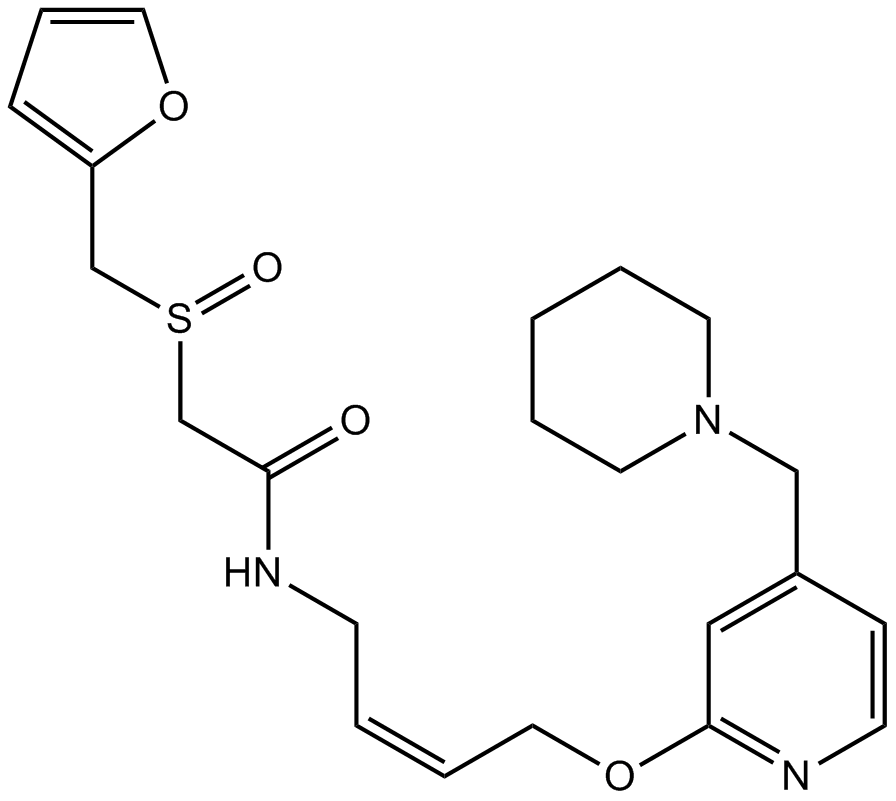 B1575 LafutidineSummary: Histamine H2-receptor antagonist
B1575 LafutidineSummary: Histamine H2-receptor antagonist -
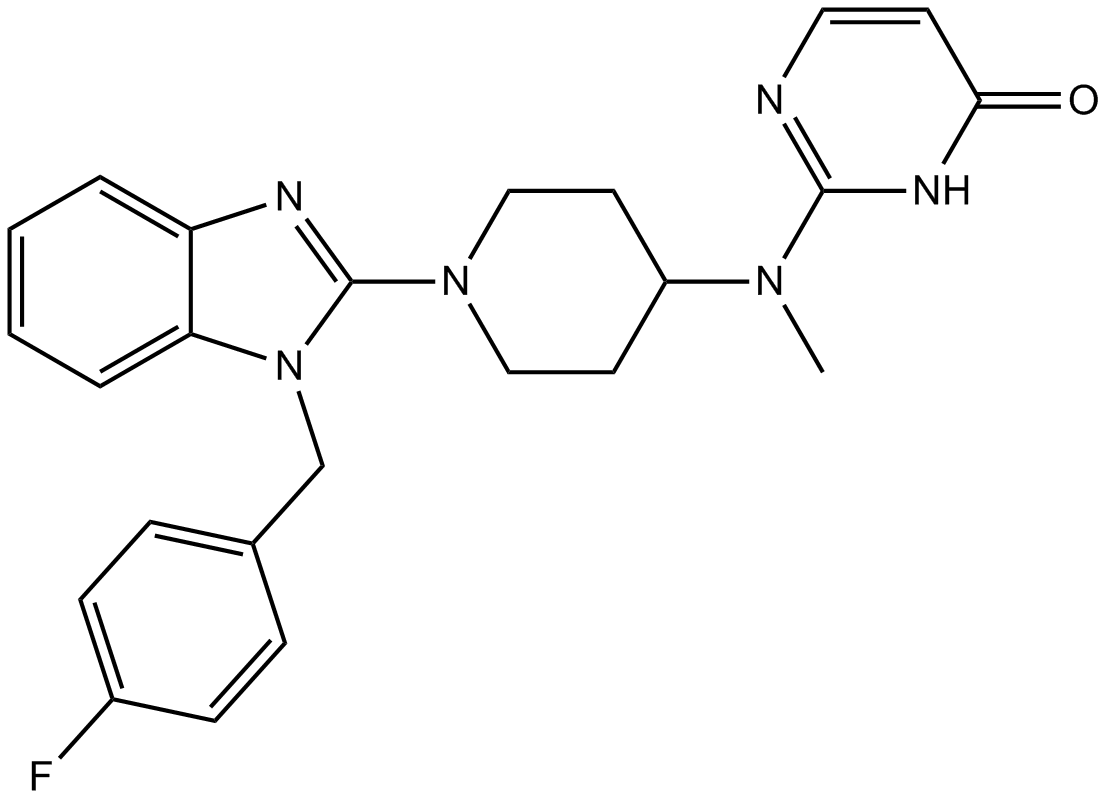 B1551 MizolastineSummary: Histamine H1-receptor antagonist
B1551 MizolastineSummary: Histamine H1-receptor antagonist -
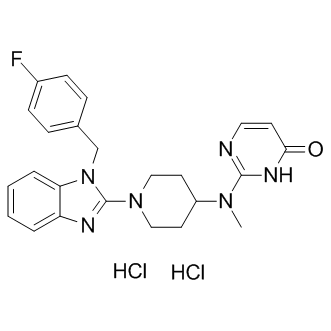 B1116 Mizolastine dihydrochlorideSummary: Histamine H1-receptor antagonist
B1116 Mizolastine dihydrochlorideSummary: Histamine H1-receptor antagonist -
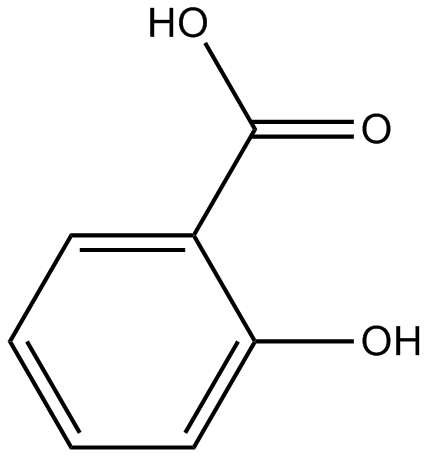 B1092 Salicylic acidSummary: COX inhibitor
B1092 Salicylic acidSummary: COX inhibitor -
 B1184 MilnacipranSummary: Serotonin-norepinephrine reuptake inhibitor (SNRI)
B1184 MilnacipranSummary: Serotonin-norepinephrine reuptake inhibitor (SNRI) -
 B2112 Milnacipran HClSummary: Orally active 5-HT and noradrenalin re-uptake inhibitor
B2112 Milnacipran HClSummary: Orally active 5-HT and noradrenalin re-uptake inhibitor -
 B1117 AzatadineSummary: Histamine and cholinergic inhibitor
B1117 AzatadineSummary: Histamine and cholinergic inhibitor

